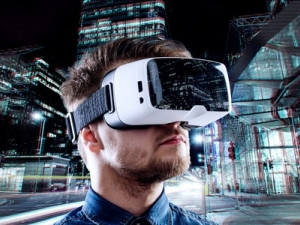
Virtual reality (VR) will not be ready for marketers until 2020.
This is according to market analyst firm Forrester, which notes marketers may be ramping up for VR, but data reveals 42% of US online adults in 2016 had not heard about VR headsets, and 46% said they do not see a use for VR in their lives.
According to a new study by Forrester researchers Thomas Husson and Samantha Merlivat, critical-mass consumer adoption of high-end VR is still at least five years away.
The study notes advertisers traditionally favour media that consumers are already using en masse.
With VR, it notes, brands are venturing into a market that is essentially non-existent. VR devices and platforms like Sony PlayStation or Google DayDream have just launched commercially, Husson and Merlivat say.
They add that phone-based devices like Google Cardboard are available for under $20 in the US and have attracted over five million users since launch but are a double-edged sword, both growing and hindering adoption.
Forrester estimates the demand for consumer headsets in the US will reach 1.8 million for high-end VR and 3.5 million for phone-based units by the end of 2017. Combined, that is less than 2% of US online adults.
Forrester also notes that with too few producers with the necessary highly specialised skills, the costs to develop VR content range anywhere from $10 000 to $100 000 for a 360-degree video to well over half a million dollars for computer-animated and responsive content such as an auto manufacturer's car simulators.
The researchers also point out that using VR content today requires working with a high number of disparate partners, whose information systems are typically not integrated with one another or compatible with your own.
"There is no single partner able to produce, program and tag your VR content, and no clear process to integrate it in your tracking, reporting and marketing cloud systems," explains Boris Petrovitch Njegosh, founder of Rocket Labs and former head of digital content innovation at Renault. "Every step of the way is a silo, in which you have to work with different partners and systems."
Forrester believes VR adoption will be slow but steady over the next five years, establishing itself as a credible consumer channel in the new decade.
"We expect the technology to reach critical mass after 2020 once VR hardware manufacturers invest heavily in creating a market," the researchers say.
Share